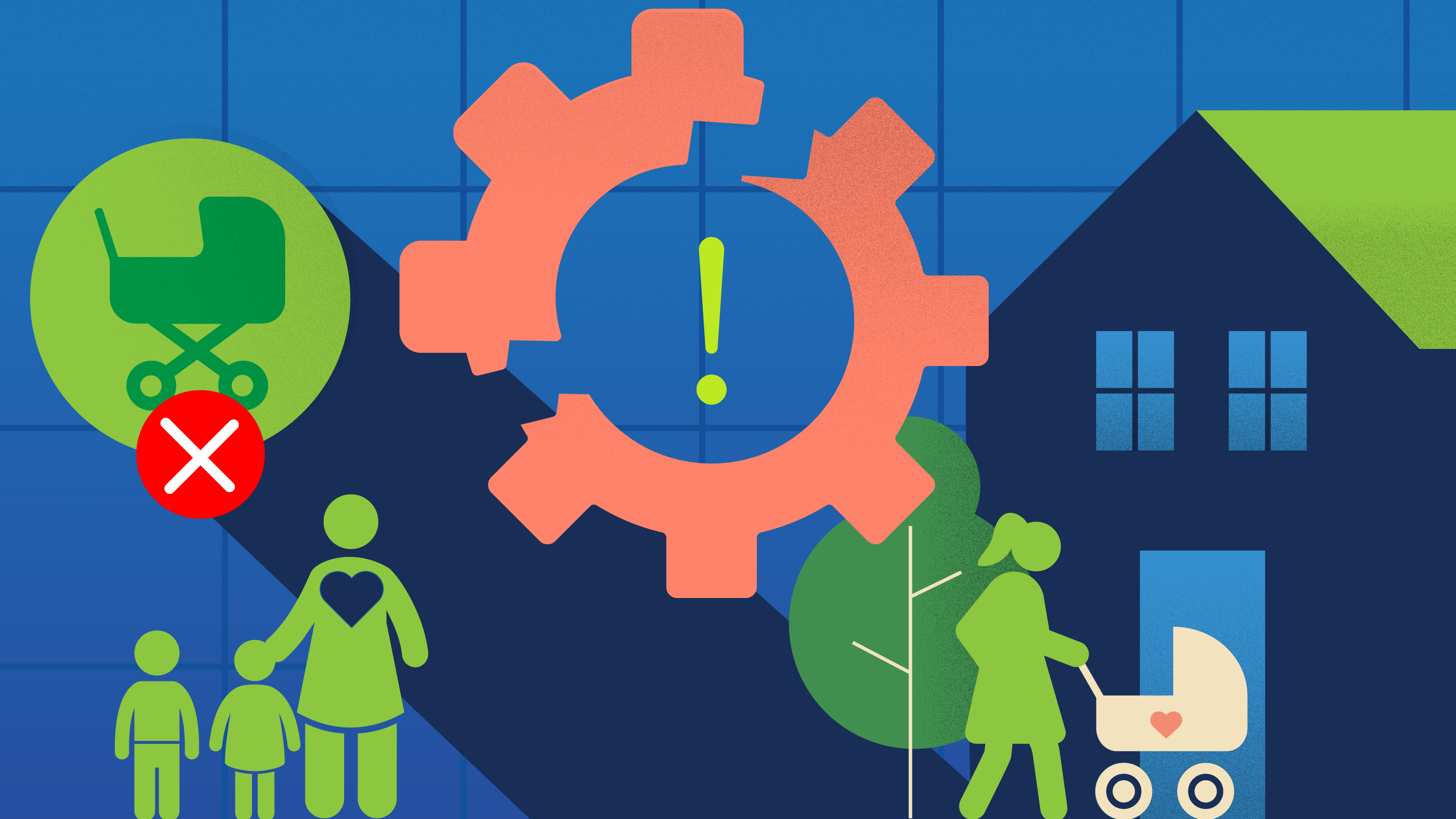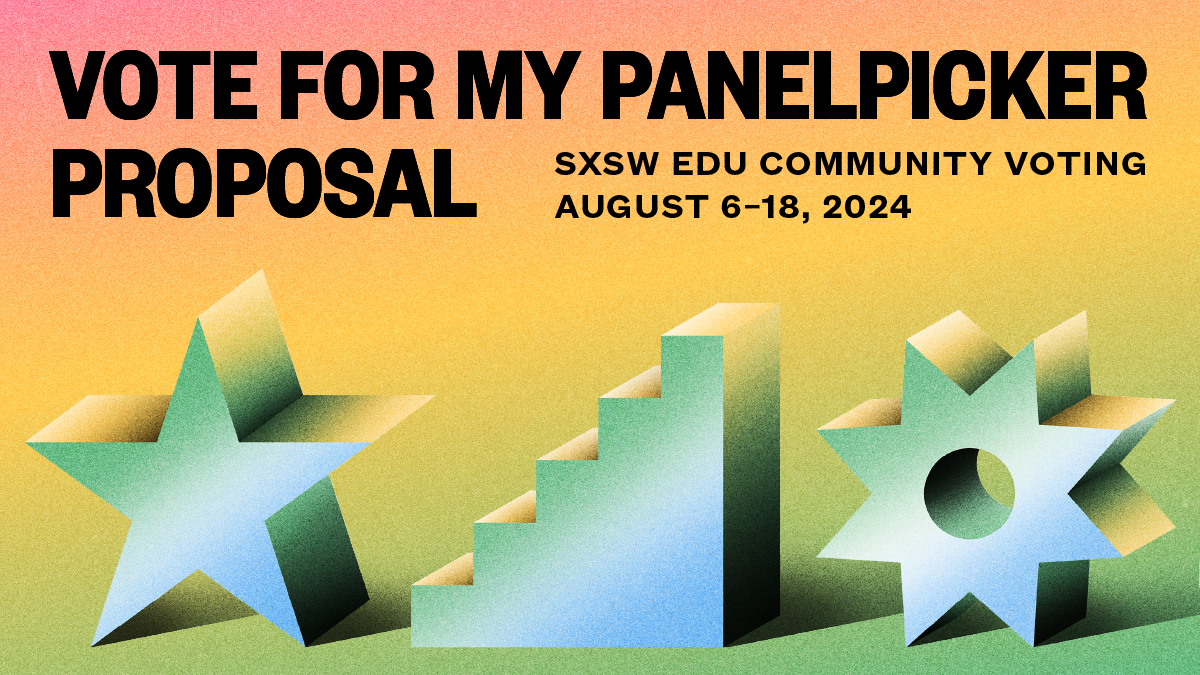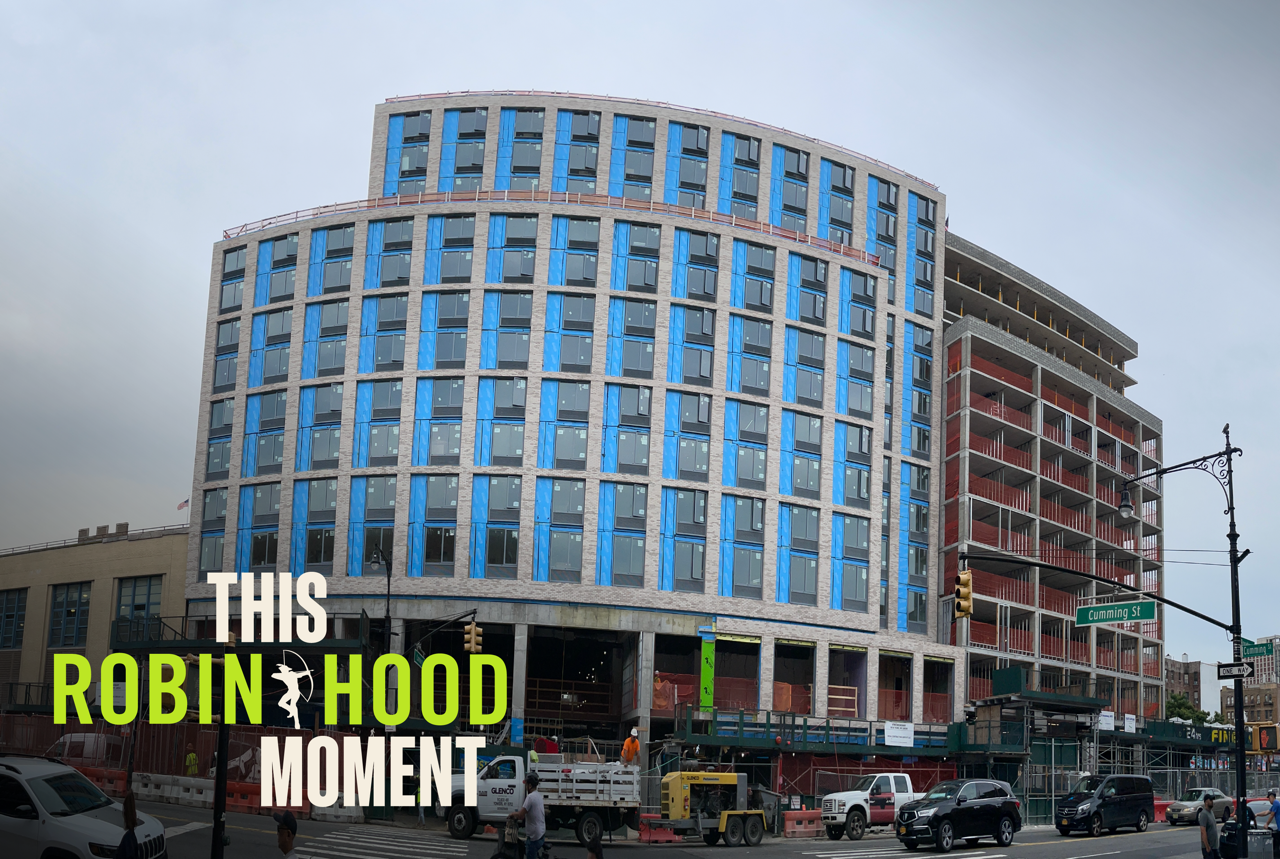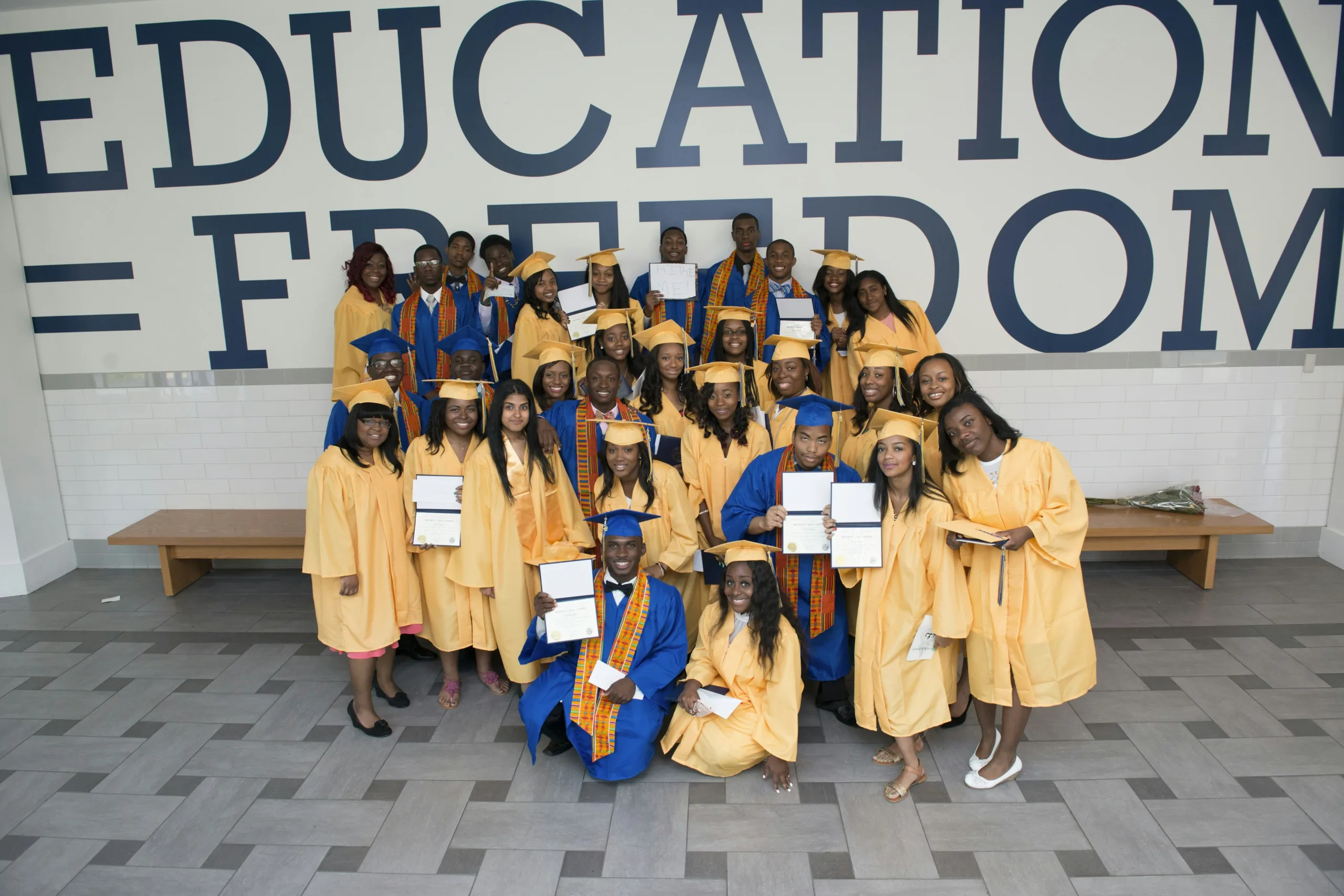Jul 07, 2022
How Robin Hood and CUNY Think Beyond the Four-Year Degree
Supporting an engine of economic mobility
By Christine Auyeung, Senior Program Officer | Young Adults and Eleanor Peters, Program Officer | Young Adults
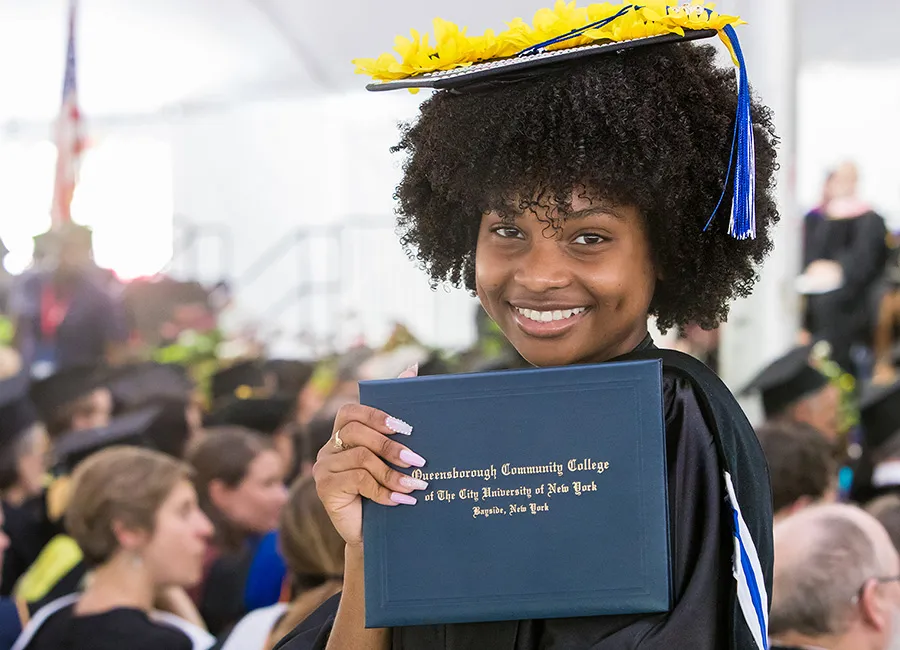
Photo: Queensborough Community College
To get a sense of the City University of New York (CUNY)’s impact, you need to get a sense of its size.
CUNY is the nation’s largest public university, and according to their data about 1 in every 72 degree-seeking students in the United States is enrolled at a CUNY college. Serving roughly 500,000 individuals a year at 25 colleges across all five boroughs, CUNY often gives the impression of being a city within a city representing a broad cross section of New York’s incredibly diverse population. CUNY’s sheer size, accessibility, and breadth of programming allows it to reach New Yorkers where they are both geographically and in terms of their academic and professional development.
In occupying this incredibly unique position, CUNY has the potential to help thousands of young people who are living in poverty to access high quality degrees and pathways to greater economic mobility . The research shows that a college degree is the single best indicator of mobility out of poverty, with graduates earning an average of one million dollars more over the course of their lifetime compared to non-college graduates. However, young adults living in poverty face significant hurdles to entering and succeeding in college. In fact, according to recent data by the Center for an Urban Future, only 33 percent of high school graduates living in poverty in New York City were able to achieve a college degree, compared to 52 percent of their wealthier peers. This gap has only increased due to the COVID-19 pandemic. The CUNY programs we partner with through Robin Hood funding work to remove some of these hurdles and increase the number of young people who can access this life-changing pathway.
And yet, not all pathways to mobility require a four-year degree. There are an increasing number of programs at CUNY which offer credentialing as well direct career experience that is often just as valuable — and in many cases more accessible — for New Yorkers’ seeking a better future. The beauty of CUNY’s offerings is that those options are plentiful, and they carry students through the degree and beyond. This is why CUNY is such an important partner for Robin Hood and our work with young adults, particularly those who are out of school, out of work, or in danger of falling through the cracks.
Here are a few of the many exciting ways Robin Hood and CUNY are partnering to make all of these potential pathways a reality for NYC students:
Supporting programs that improve student degree attainment
We have long partnered with CUNY to implement and test innovative models that hold the potential to vastly improve student graduation rates from associate and bachelor degree programs. Our most recent effort in this area is the Accelerate Complete Engage (ACE) program. It provides a rich package of academic counseling, and financial support over four years of study. ACE results show that rates of graduation are vastly improved, even doubled, by the program’s comprehensive approach.
Helping young adults get reconnected
Across New York City roughly 1 in 4 young adults between the ages of 16 and 24 are out of school or out of work, a number which has nearly doubled during the pandemic. These young adults face increased barriers to accessing a college degree or alternative pathways to mobility, whether that’s because they are navigating complexities like criminal justice involvement, food insecurity, or homelessness, or because they are helping to support their family by working to make ends meet. Robin Hood partners with various programs at and beyond CUNY which work to help these young adults access essential supports and gain the skills they need to not only enroll in school but persist towards a degree.
For young people who stopped out of high school without receiving their diploma, we partner with programs that work to get these students back on a pathway to higher education. With intensive support such as academic tutoring and test prep, frequent check-ins, peer mentoring, trauma counseling, and financial stipends, these programs are able to reach disconnected young adults and help them gain their high school equivalency diploma and then enter and succeed in community college.
One of the biggest challenges leading to disconnection is “summer melt,” which sees young people who were accepted to college fail to matriculate. Research shows that nearly 40 percent of first-time students living in poverty fail to enroll in classes during the fall after their initial admission to school, twice the rate of their wealthier counterparts. Summer bridge programs, like those we partner with at CUNY, work to eliminate this “melt” by introducing young people to college life and college-level work before school begins to help prepare students for what is to come. They create robust support systems between students, faculty and their peers which students can access throughout their college career. Students also receive a stipend and a MetroCard as an incentive to complete the summer bridge program, matriculate during the fall, and persist through the first year. Successful bridge program models play a critical role in encouraging students to not just matriculate but stay enrolled after their first year and eventually graduate with a degree.
Internship-to-career program
Although earning a bachelor’s degree is highly correlated with economic mobility, college graduates are entering one of the worst labor markets in recent history, severely limiting their ability to access high-quality employment opportunities. Research from the recession of 2008 shows that the negative impacts of depressed labor markets on the employment rates of college graduates persist for many years even after economic recovery begins. Because of their initial bad start, without prior work experience graduates will often get stuck in low-paying, low-quality jobs.
Internships set up learners to get jobs faster — and earn more — after graduating. But professional internships are difficult to access without support. Prior to the onset of COVID-19, only 11% of CUNY students had ever worked a paid internship. Instead, over two thirds of CUNY students end up working in short-term dead-end, survival jobs while attending college. So CUNY developed a program, working with employers, to create paid internships that lead to full-time employment where students get the professional experience to build social capital networks, and make work work for them. Students are matched to roles most closely related to their majors. Some examples of roles include digital marketing, communications, social media, and some specialized roles in architecture.
The program supports local industry, too, by partnering with small and medium businesses around the city as they recover from the pandemic. Businesses that convert internships into full-time employment will receive partial wage subsidies for six months to help offset costs and encourage hiring as the economy begins to recover.
The micropathways initiative
CUNY is participating in the Community College Growth Engine Fund, a national demonstration project run by the Education Design Lab to test, design, and pilot micropathways as a new post-secondary pathway to well-paying jobs. This student-centered initiative provides employer-validated micro-pathways to connect young people to in-demand jobs that pay at-or-above median wage and put them on a path toward a degree.
Co-designed with students and employers, micro-pathways are defined as two or more stackable credentials — including a 21st century skill micro-credential — that provide a flexible and quick roadmap into a career at or above the local median wage. 21st century skills refer to the knowledge, life skills, career skills, habits, and traits that are critically important to success in today’s world, particularly as it relates to the workforce.
Each community college that takes part receives support from the Education Design Lab to design the programs. For its part, CUNY has been working across industries to ask employers what skills and certifications they need from the next generation of workers,
For example, CUNY Queensborough Community College designed a micro-pathway in Software Engineering, which can be completed in 8–12 weeks and offers five technical certifications and a 21st Century credential. Completers are eligible to apply up to nine credits towards a degree.
What’s most essential to the way CUNY and peer schools are approaching this project is the recognition that their learners have other needs, too. They typically have jobs to attend and/or families to take care of, so their time comes at a premium and they require flexibility.
These short credentials take less time to gain than a traditional degree. In three months learners can earn a ticket to work, rather than one long program that would have taken them out of the workforce for years on end. Each credential also signifies a new labor market value. A new microcredential can net a worker $2,000 to $3,000 more per year, and those numbers build to an amount that equal a true living wage.
The beauty of CUNY’s offerings is that those options are plentiful, and they carry students through the degree and beyond. Whether through financial help in the form of stipends or Metrocards, or the modeling of a peer who has been where they are and graduated with a degree, Robin Hood will continue exploring ways of getting these students back into the learning seat where they belong so that they have an opportunity to succeed.
